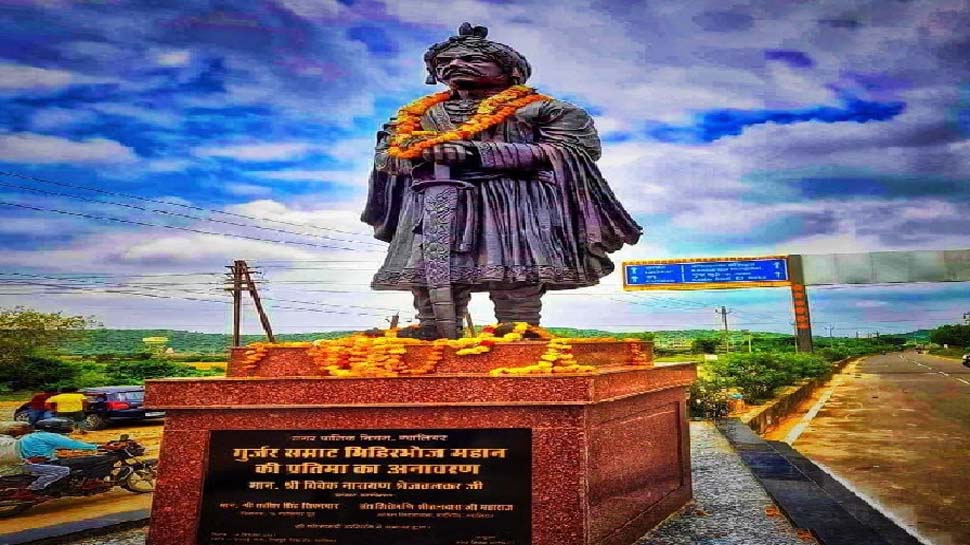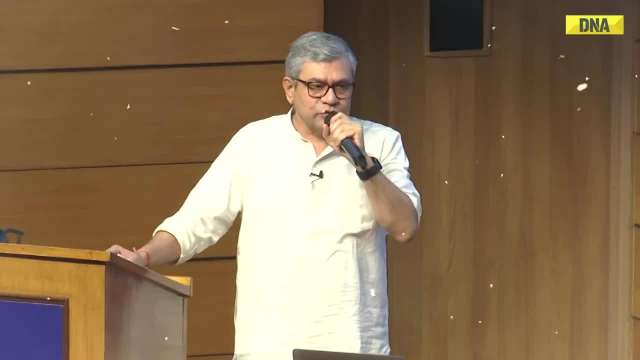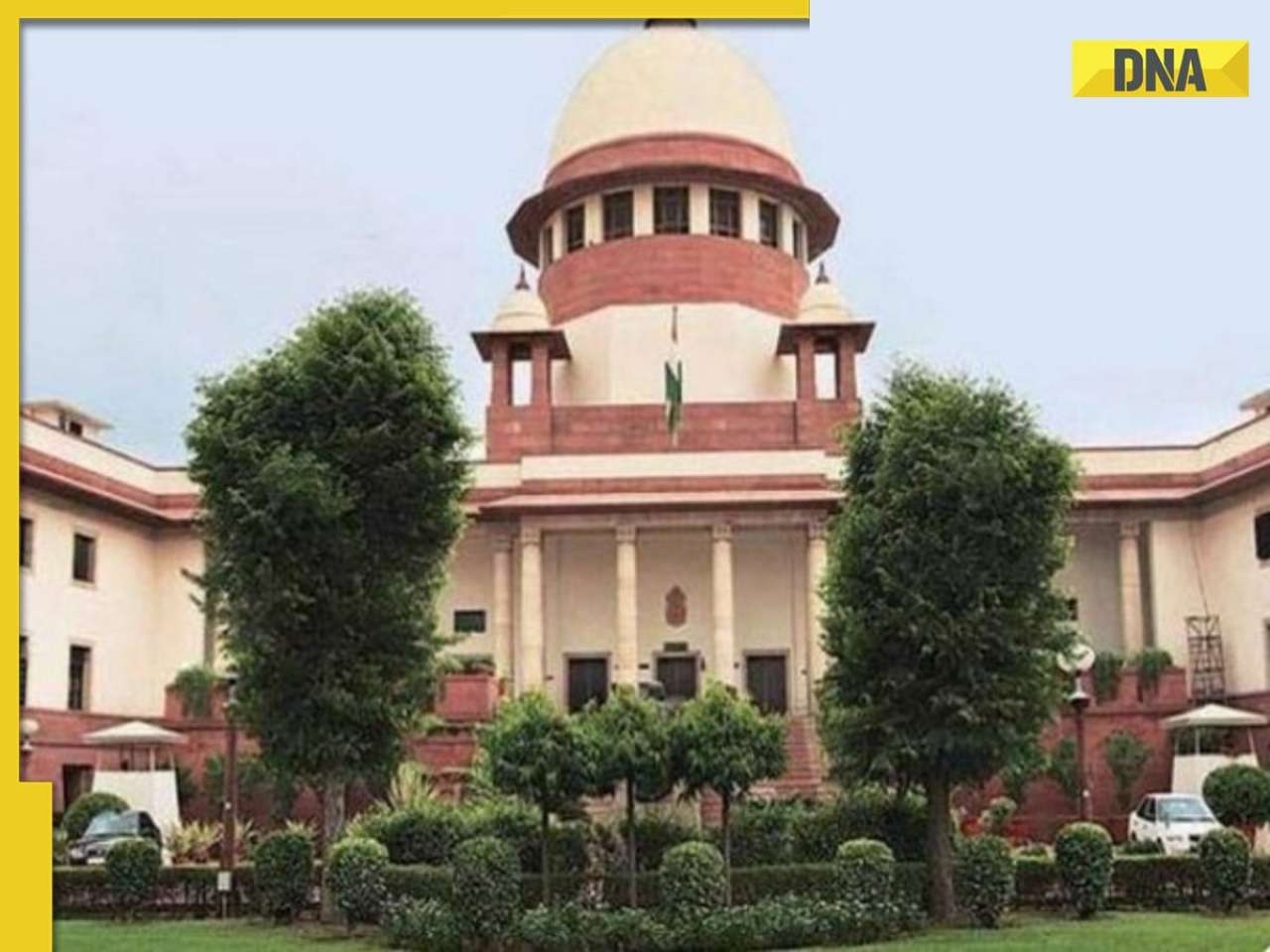Two different controversies have sparked a debate around the caste of a 9th century Indian ruler called Mihir Bhoj.
A 9th century ruler has become the matter of a simmering controversy due to two separate incidents in two different states. Two communities, the Gujjars and the Rajputs, are at odds and governments have been accused of appropriating the historical icon for political gains.
Statues of the king were protected by sheets of metal and guarded by police. Tension has erupted, protests and a mahapanchayat have taken place, and even a direct descendant of Mihir Bhoj has come out to claim that history is being distorted. Here’s a brief about Mihir Bhoj from the pages of history.
Who is Samrat Mihir Bhoj?



The 9th century Indian emperor Mihir Bhoj, also called Bhoja I, belongs to the Gurjara-Pratihara Dynasty. He is known as a warrior, conqueror and empire builder. His capital was at Panchala (present day Kannauj in Uttar Pradesh).
At his peak, the emperor’s rule stretched from the Narmada River to the Sutlej River, from Bengal to Kashmir, as per different historical documents. A tenth century Persian text noted that Mihir Bhoj, the powerful ‘Rai of Qinnauj’ had established his supremacy over most Indian rules. His army is written to have had 1.5 lakh cavalry and 800 war elephants.
One Arab chronicle mentions Mihir Bhoj as a “bitter enemy of the Arab invaders.”
Texts mention Mijir Bhoj as being devoted to God Vishnu and used the title Ādivarāha.
What is the recent controversy involving Mihir Bhoj?
Two different controversies have sparked a debate around the caste of Mihir Bhoj.
In Uttar Pradesh, a statue that was unveiled by Chief Minister Yogi Adityanath in Gautam Buddha Nagar, was followed by protests from local groups belonging to the Rajput community. The Rajput outrage came after Mihir Bhoj was referred to by a local MLA as a Gujjar Samrat (Emperor).
Following the protests, the word Gujjar was reportedly removed from the name of the rule written on the plaque on the statue. This sparked a protest from the Gujjar community which staked claim to the lineage of Mihir Bhoj and demanded his name be rewritten with the prefix Gujjar Samrat. Security was placed to protect the statue.
A few days earlier, the region around Gwalior in Madhya Pradesh saw protests from Rajput groups after a statue of Mihir Bhoj with the prefix Gujjar Samrat was unveiled by the Gujjar community. As tension grew, the authorities had to shield the statue with metal sheets.
![submenu-img]() Meta CEO Mark Zuckerberg spotted wearing watch made from…; it costs over Rs…
Meta CEO Mark Zuckerberg spotted wearing watch made from…; it costs over Rs…![submenu-img]() Indian women's chess team wins historic gold at Chess Olympiad 2024
Indian women's chess team wins historic gold at Chess Olympiad 2024![submenu-img]() Meet cricketer-turned-entrepreneur who built Rs 100 crore company backed by Malaika Arora, Shahid Kapoor, Jennifer Lopez
Meet cricketer-turned-entrepreneur who built Rs 100 crore company backed by Malaika Arora, Shahid Kapoor, Jennifer Lopez![submenu-img]() Vir Das invites budding designers to create his outfit as International Emmy Awards host: 'Not going to wear a...'
Vir Das invites budding designers to create his outfit as International Emmy Awards host: 'Not going to wear a...'![submenu-img]() Who is Anura Kumara Dissanayake, new President of Sri Lanka? All you need to know
Who is Anura Kumara Dissanayake, new President of Sri Lanka? All you need to know![submenu-img]() PM Modi US Visit: भारत की विविधता से लेकर शांति प्रयास तक, पढ़ें न्यूयॉर्क में PM Modi के संबोधन की 5 बड़ी बातें
PM Modi US Visit: भारत की विविधता से लेकर शांति प्रयास तक, पढ़ें न्यूयॉर्क में PM Modi के संबोधन की 5 बड़ी बातें ![submenu-img]() Aaj Ka Mausam: Delhi-NCR में सता रही गर्मी, यूपी-राजस्थान में नहीं थम रही बारिश, पढ़ें आज का वेदर अपडेट
Aaj Ka Mausam: Delhi-NCR में सता रही गर्मी, यूपी-राजस्थान में नहीं थम रही बारिश, पढ़ें आज का वेदर अपडेट ![submenu-img]() PM Modi USA Visit: अमेरिका में बोले पीएम, 'तीसरे टर्म के लिए हमने तय किए हैं महान लक्ष्य'
PM Modi USA Visit: अमेरिका में बोले पीएम, 'तीसरे टर्म के लिए हमने तय किए हैं महान लक्ष्य'![submenu-img]() Miss Universe India 2024: रिया सिंघा ने जीता मिस यूनिवर्स इंडिया 2024 का ताज, अब अंतरराष्ट्रीय मंच पर बिखेरेंगी जलवा
Miss Universe India 2024: रिया सिंघा ने जीता मिस यूनिवर्स इंडिया 2024 का ताज, अब अंतरराष्ट्रीय मंच पर बिखेरेंगी जलवा![submenu-img]() Haryana Elections 2024: 'पहले देंगे युवाओं को रोजगार, बाद में लेंगे शपथ', सीएम सैनी का बड़ा दावा
Haryana Elections 2024: 'पहले देंगे युवाओं को रोजगार, बाद में लेंगे शपथ', सीएम सैनी का बड़ा दावा![submenu-img]() Ford to return to India after 2 years with reopening of....
Ford to return to India after 2 years with reopening of....![submenu-img]() Maruti Suzuki launches new Swift CNG, check price, mileage, other features
Maruti Suzuki launches new Swift CNG, check price, mileage, other features![submenu-img]() ‘30 LPA, 3BHK, no in-laws’: Woman earning Rs 1.32 lakh salary lists demands for future husband, netizens say...
‘30 LPA, 3BHK, no in-laws’: Woman earning Rs 1.32 lakh salary lists demands for future husband, netizens say...![submenu-img]() In a big EV push, Centre launches Rs 10900 crore PM E-Drive scheme to replace…
In a big EV push, Centre launches Rs 10900 crore PM E-Drive scheme to replace…![submenu-img]() World’s longest car has helipad, swimming pool, mini-golf course, can seat over…; it cost…
World’s longest car has helipad, swimming pool, mini-golf course, can seat over…; it cost…![submenu-img]() IAS officer Tina Dabi’s schedule shows she studied 11-hour a day; check UPSC topper's marksheet and time table
IAS officer Tina Dabi’s schedule shows she studied 11-hour a day; check UPSC topper's marksheet and time table![submenu-img]() Meet man from Uttar Pradesh who cracked UPSC in first attempt, resigned as IAS officer after 12 years due to...
Meet man from Uttar Pradesh who cracked UPSC in first attempt, resigned as IAS officer after 12 years due to...![submenu-img]() Meet man who once worked as bicycle mechanic, became engineer, then cracked UPSC exam with AIR...
Meet man who once worked as bicycle mechanic, became engineer, then cracked UPSC exam with AIR...![submenu-img]() CBSE registration, LoC submission big update: Important notice for students, check details here...
CBSE registration, LoC submission big update: Important notice for students, check details here...![submenu-img]() CBSE registration, LoC submission big update: Important notice for students, check details here
CBSE registration, LoC submission big update: Important notice for students, check details here![submenu-img]() Congress President Kharge Slams & Opposes 'One Nation, One Election' Proposal, Calls It Impractical
Congress President Kharge Slams & Opposes 'One Nation, One Election' Proposal, Calls It Impractical![submenu-img]() Why 'One Nation One Election' Is important? Ashwini Vaishnaw Explains After It Gets Cabinet Approval
Why 'One Nation One Election' Is important? Ashwini Vaishnaw Explains After It Gets Cabinet Approval![submenu-img]() Jammu Kashmir Assembly Election 2024 Phase 1 Highlights: What Happened In First phase In J&K Polls?
Jammu Kashmir Assembly Election 2024 Phase 1 Highlights: What Happened In First phase In J&K Polls?![submenu-img]() One Nation One Election: Centre Clears Proposal, Bill To Be Introduced In Winter Session | Modi 3.0
One Nation One Election: Centre Clears Proposal, Bill To Be Introduced In Winter Session | Modi 3.0![submenu-img]() Haryana Elections 2024: Is BJP Set To Lose In Haryana? Anti-Incumbency And Other Factors Analysed
Haryana Elections 2024: Is BJP Set To Lose In Haryana? Anti-Incumbency And Other Factors Analysed![submenu-img]() Inside pics of Anant Ambani and Radhika Merchant's Dubai villa gifted by Mukesh Ambani and Nita Ambani, worth Rs…
Inside pics of Anant Ambani and Radhika Merchant's Dubai villa gifted by Mukesh Ambani and Nita Ambani, worth Rs…![submenu-img]() Anupam Mittal’s Playbook: The Secrets Behind Building Iconic Brands
Anupam Mittal’s Playbook: The Secrets Behind Building Iconic Brands![submenu-img]() Meet woman, who came to India as tourist, established Rs 49000 crore firm, know her connection with Ratan Tata
Meet woman, who came to India as tourist, established Rs 49000 crore firm, know her connection with Ratan Tata![submenu-img]() Meet Delhi man, whose street food made him 'crorepati', rides BMW to work, his business is...
Meet Delhi man, whose street food made him 'crorepati', rides BMW to work, his business is...![submenu-img]() Meet man, one of Surat's richest, whose son worked at bakery for Rs 200 a day, gift flats to employees, net worth is...
Meet man, one of Surat's richest, whose son worked at bakery for Rs 200 a day, gift flats to employees, net worth is...![submenu-img]() 8 amazing images of distant galaxies by NASA's Hubble Space Telescope
8 amazing images of distant galaxies by NASA's Hubble Space Telescope![submenu-img]() Most luxurious train rides in the world
Most luxurious train rides in the world ![submenu-img]() This star was called ugly child, filed case against mother, slapped Sanjeev Kumar; her husband was burnt alive at...
This star was called ugly child, filed case against mother, slapped Sanjeev Kumar; her husband was burnt alive at...![submenu-img]() 7 foods that can add extra years to your life
7 foods that can add extra years to your life![submenu-img]() In pics: Triptii Dimri sets the stage on fire, raises the temperature in green slit lehenga
In pics: Triptii Dimri sets the stage on fire, raises the temperature in green slit lehenga![submenu-img]() Bystander Intervention: Powerful Tool for Combating Gender-Based Violence AsWellAs Saving Victims of Road Accidents
Bystander Intervention: Powerful Tool for Combating Gender-Based Violence AsWellAs Saving Victims of Road Accidents ![submenu-img]() Uday Bhanu Chib appointed Indian Youth Congress Chief, succeeds Srinivas BV
Uday Bhanu Chib appointed Indian Youth Congress Chief, succeeds Srinivas BV![submenu-img]() Mamata Banerjee writes second letter to PM Modi on devastating 'man-made' flood in South Bengal
Mamata Banerjee writes second letter to PM Modi on devastating 'man-made' flood in South Bengal![submenu-img]() Arighat's Rise: India's Nuclear Might in a Godless World
Arighat's Rise: India's Nuclear Might in a Godless World![submenu-img]() PIL in Supreme Court seeks SIT probe into Tirupati laddu row
PIL in Supreme Court seeks SIT probe into Tirupati laddu row













































)






)
)
)
)
)
)